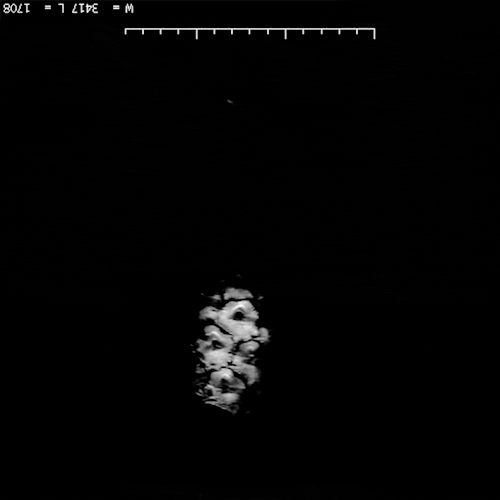How does a jet engine work? C'mon, quick. You get the point. We stroll casually onto planes and know little about how the engine operates. The same applies for medical scans. We lay down, close our eyes, but don’t know what goes on behind the machine’s walls.
Those who build them would argue that we are robbing ourselves. All that engineering complexity can be intimidating, but it often revolves around a handful of simple principles.
Take Baratunde Thurston’s word for it. The inquisitive comedian recently visited GE labs in the U.S. and Europe and came back with deep insights about jet engines, wind turbines, MRI scanners and other technology. He and GE turned them into a series of Masterclass videos that are now available on YouTube.
MRI technology, for example, has been around for three decades. It can do look inside your brain and see what parts light up when you think about your favorite dish, book or person.
The principle behind the MRI scanner is fairly straightforward. It’s all physics and engineering. It involves the interaction of the machine’s magnetic field with hydrogen atoms, basically water, inside the body. A computer looks at the signals coming back and figures out what it is looking at.
Take a look at Thurston’s visit to the MRI lab at GE’s Global Research Center in Munich, Germany, and don’t miss the extra credit.
Top image: This GIF shows a pineapple being scanned at 5 millimeter slices by a team of GE researchers in Munich, Germany. Photo credit: GE Global Research





